Description
Origin Country: Pakistan
Himalayan Salt contains the same 84 trace minerals and elements that are found in the human body, that alone is quite impressive! A few of these minerals include: sodium chloride, sulphate, calcium, potassium and magnesium. When using this salt, you are actually getting less sodium intake per serving than regular table salt because it is less refined and the pieces are larger. Therefore Himalayan salt has less sodium per serving because the crystals or flakes take up less room than the highly processed table salt variety. Another cool thing about this salt is that because of its cellular structure it stores vibrational energy. The minerals in this salt exist in colloidal form, which means that they are small enough for our cells to easily absorb.
Some of the benefits that you can expect by consuming this salt in place of regular table salt include:
- Aiding in vascular health.
- Supporting healthy lungs and respiratory function
- Promoting a stable pH balance within the cells
- Reducing the signs of aging
- Promoting healthy sleep patterns
- Increasing libido
- Prevents muscle cramps
- Increases hydration
- Strengthen bones
- Lowers blood pressure
- Improves circulation
- Detoxifying the body of heavy metals



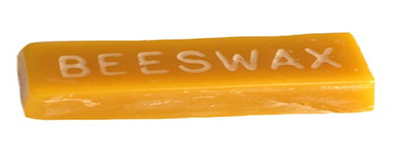

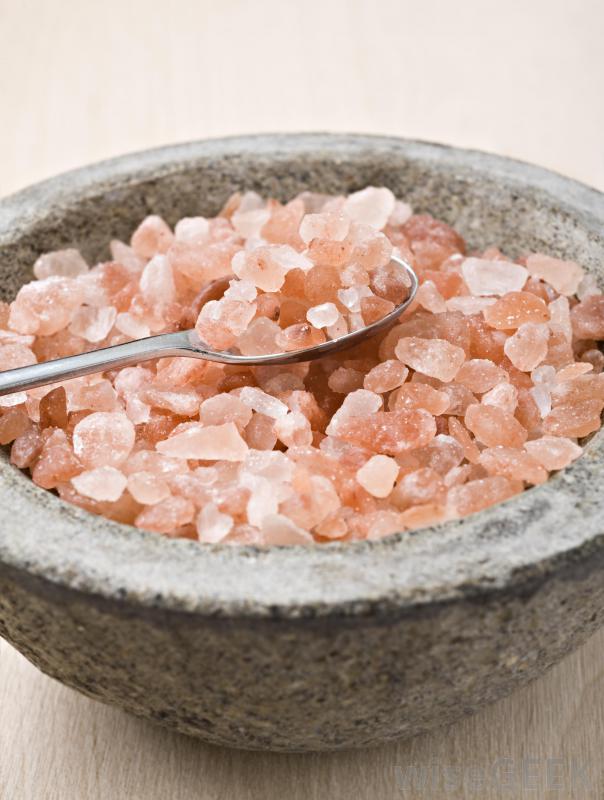
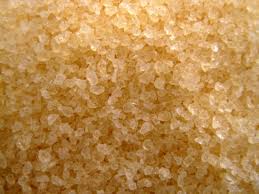

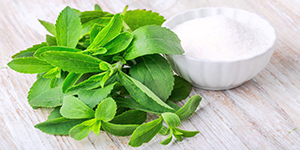

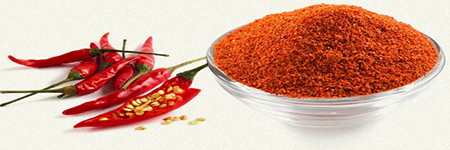
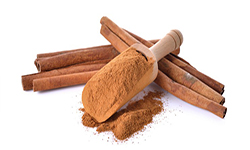

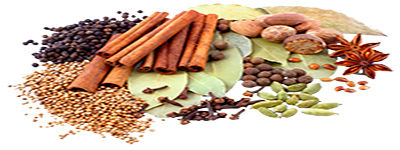




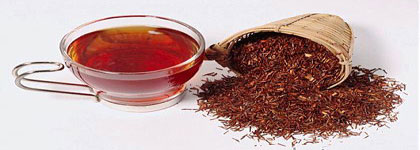

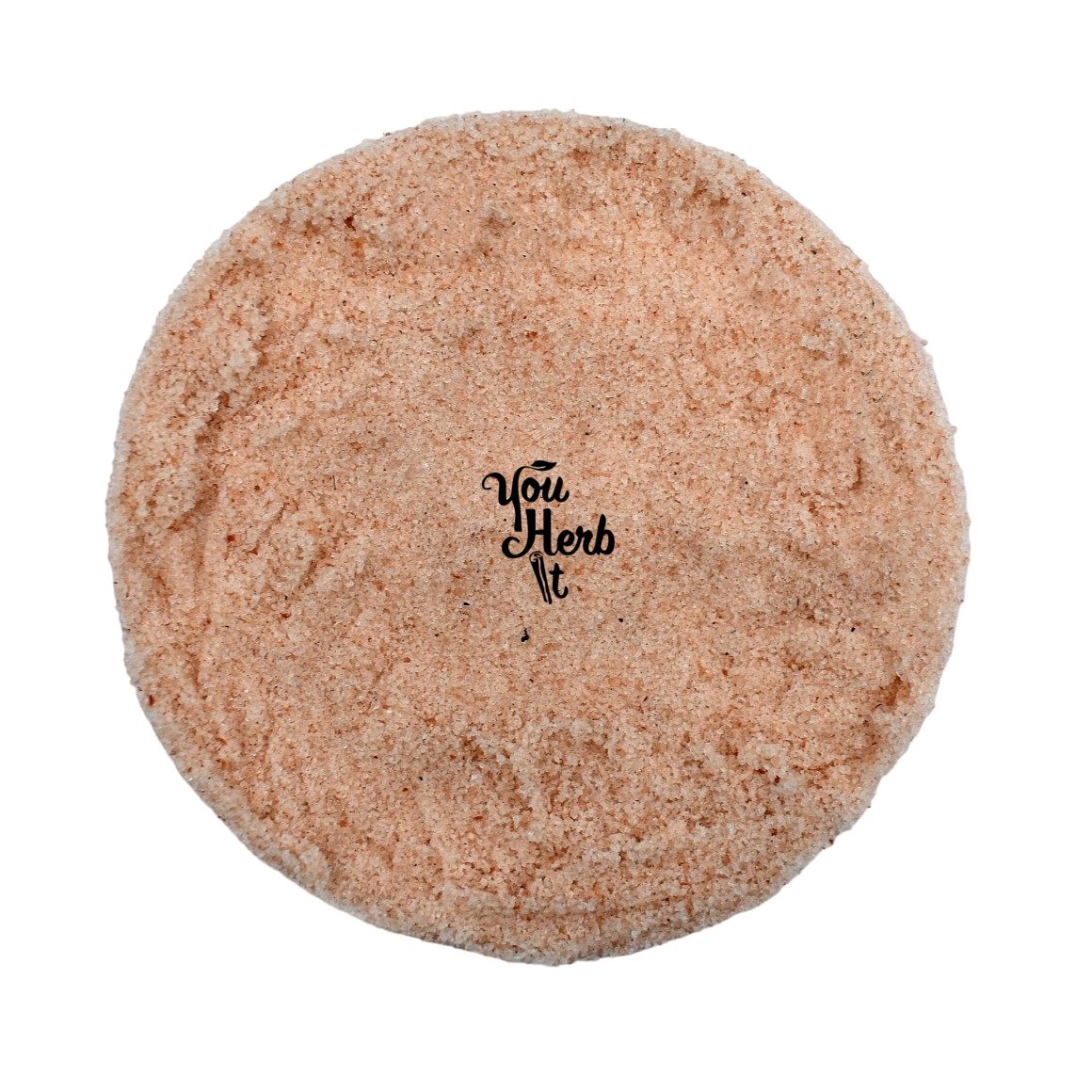
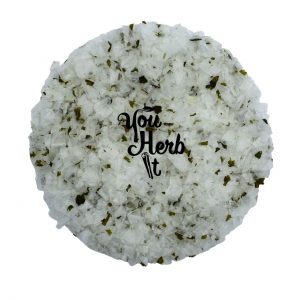
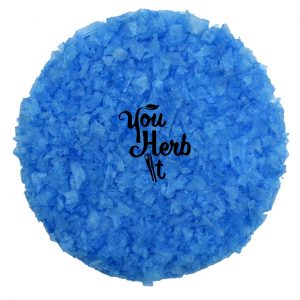
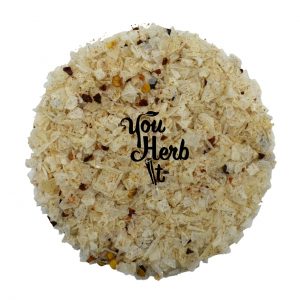
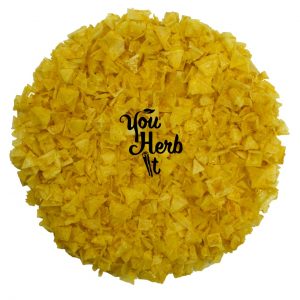
Reviews
There are no reviews yet.